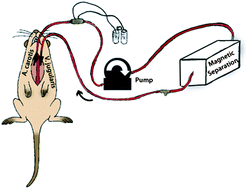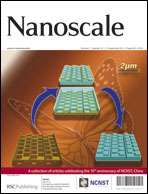*
Corresponding authors
a
Institute of Anesthesiology, University Hospital Zurich, Raemistrasse 100, CH-8091 Zurich, Switzerland
E-mail:
inge.herrmann@usz.ch
Fax: +41 44 255 44 09
Tel: +41 44 255 34 13
b
Institute of Physiology and Zurich Center for Integrative Human Physiology, University of Zurich, Winterthurerstrasse 190, CH-8057 Zurich, Switzerland
c
Swiss HPB and Transplantion Center, Department of Surgery, University Hospital Zurich, Rämistrasse 100, CH-8091 Zurich, Switzerland
d
ETH Zurich, Institute for Chemical and Bioengineering, Wolfgang-Pauli-Strasse 10, CH-8093 Zurich, Switzerland
e
ETH Zurich, Institute of Geophysics, Sonneggstrasse 5, 8092 Zurich, Switzerland
f
ETH Zurich, Laboratory of Inorganic Chemistry, Wolfgang-Pauli-Strasse 10, CH-8093 Zurich, Switzerland


 Please wait while we load your content...
Please wait while we load your content...